
Are paw protectors good for dogs
Imagine you’re in a snowy Boston afternoon, lacing up your boots while your 10-month-old Golden Retriever, Leo, wags his tail by the door.
Akitas are striking dogs, but living with one comes with unique challenges that many first-time owners underestimate. Their independent streak runs deep—this isn’t a breed that craves constant attention or blindly follows commands. Walks can turn into tug-of-wars if they spot a squirrel or decide a bush deserves investigating more than your "come" signal. Training requires patience; their intelligence often translates to stubbornness, especially with inconsistent handlers.
Their protective nature, while a plus for some, can tip into aggression without careful socialization. Akitas have strong territorial instincts, and unfamiliar people or animals entering their space might trigger a defensive response. This isn’t about being "mean"—it’s in their genetic makeup as former hunting and guard dogs. In cities like Chicago, where housing is dense, this trait demands extra vigilance during walks or when guests visit. Local ordinances often require muzzles in public spaces for breeds with similar reputations, even if your Akita has never shown aggression.
 Grooming is another non-negotiable task. Their thick double coats shed heavily twice a year, leaving clumps of fur on furniture, clothes, and even your morning coffee. Daily brushing during these periods is necessary to prevent matting, and even then, you’ll likely find fur in places you didn’t know existed. Beyond shedding, Akitas are prone to certain health issues like hip dysplasia and thyroid problems. Regular vet check-ups are essential, and the costs can add up—pet insurance is practically a must for responsible owners in places like California, where veterinary care tends to be pricier.
Grooming is another non-negotiable task. Their thick double coats shed heavily twice a year, leaving clumps of fur on furniture, clothes, and even your morning coffee. Daily brushing during these periods is necessary to prevent matting, and even then, you’ll likely find fur in places you didn’t know existed. Beyond shedding, Akitas are prone to certain health issues like hip dysplasia and thyroid problems. Regular vet check-ups are essential, and the costs can add up—pet insurance is practically a must for responsible owners in places like California, where veterinary care tends to be pricier.
Exercise needs are also significant. Akitas are muscular, energetic dogs that require daily physical activity to stay mentally balanced. A quick walk around the block won’t cut it; they need space to run, explore, or engage in interactive play. Without enough exercise, they might become destructive—chewing furniture, digging holes, or barking excessively. This can be a challenge for apartment dwellers in places like New York, where access to yards or dog parks is limited. It’s not just about physical exertion, either—mental stimulation through training or puzzle toys is crucial to prevent boredom.
Finally, Akitas form strong bonds with their families but can be wary of strangers, making them poor choices for households that host frequent guests. They thrive on routine and might struggle with sudden changes in their environment or schedule. For example, a family in Texas found their Akita became anxious and uncooperative when they started traveling more for work, disrupting their usual daily rhythm. Understanding and respecting these traits is key to a harmonious relationship, but it also means Akitas aren’t the right fit for every lifestyle. Potential owners should research local laws, assess their ability to commit time to training and exercise, and be prepared for the financial responsibilities of caring for this unique breed.

Imagine you’re in a snowy Boston afternoon, lacing up your boots while your 10-month-old Golden Retriever, Leo, wags his tail by the door.
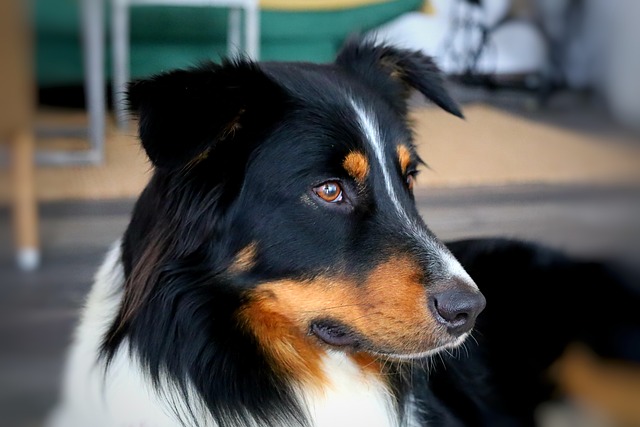
Imagine you’re in your New York City apartment, tossing your 18-month-old Lab mix their favorite rubber chew toy—they usually pounce on it
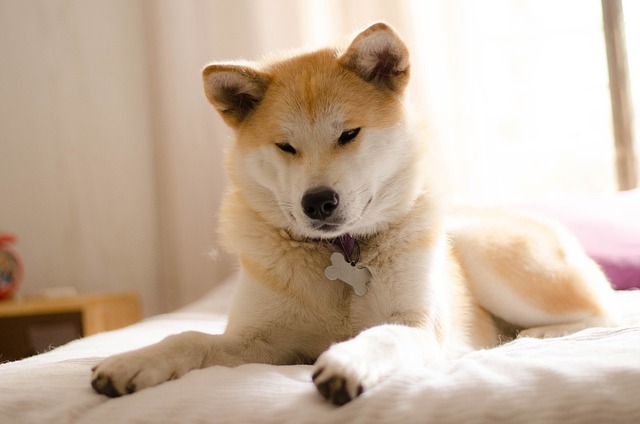
Akitas are striking dogs, but living with one comes with unique challenges that many first-time owners underestimate. Their independent streak runs deep—this isn’t a breed that craves constant attention or blindly follows commands.
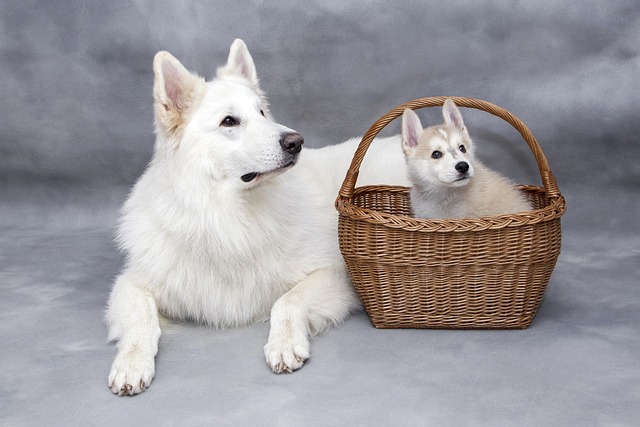
Imagine you’re in your Seattle apartment, handing your 2-year-old Shih Tzu their favorite hard dental chew—they usually grab it and run to their bed, but today they sniff it
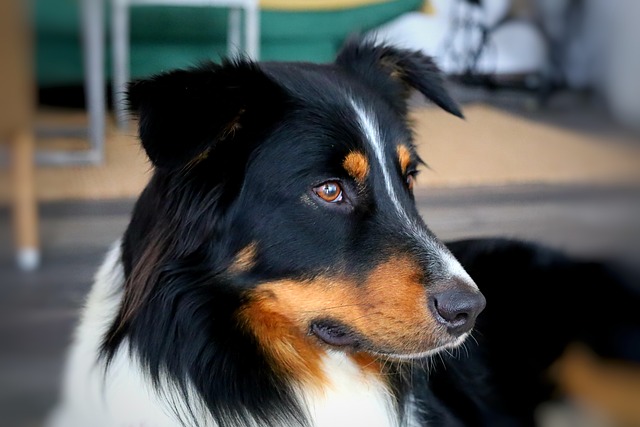
Imagine you’re in your New York City apartment, trying to give your 18-month-old Boston Terrier a belly rub—they usually lean into it, but today they pull away
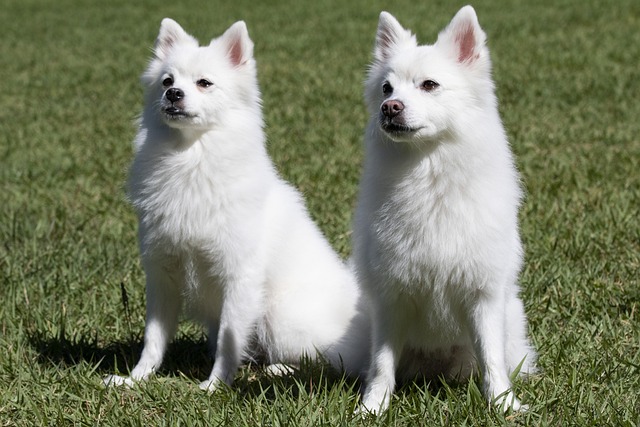
Imagine you’re in your Brooklyn apartment kitchen, stirring a pot of cooked chicken and rice for your 6-month-old Corgi pup.